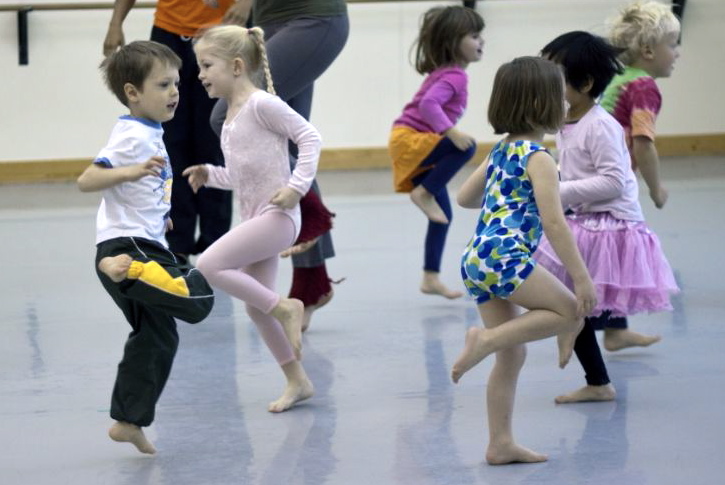Here is the script I read below...
Forest-
·
Filled
with lots of trees. These trees help Utah be filled with fresh air as they turn
carbon dioxide into oxygen we can healthfully breathe in.
o
Everyone take a nice big deep breath
in and slowly blow it out and thank the tress
·
One
tree found in Utah forests is called the Quaking Aspen Tree- these trees have
tall and skinny trunks and their leaves quake at any slight winds
o
Stand tall and straight and quiver
hands to represent the leaves
·
Within
in the trees there are lots of animals. One animal found in Utah forest in the
Red Fox. They’re nocturnal (usually active at night) and are great hunters
o
Number 1’s, do sneaking/ low movement
around the trees. Find one tree to hide behind and jump out to the right to
scare your prey (switch roles)
Desert-
•
Deserts
are very dry and hot. The yearly rainfall is less than 10inches and it can get
up to 117degrees in southern Utah. Aspen and pine trees found in Utah forests
would never survive.
o
Start
in a high tall aspen tree shape and slower melt and shrivel all the way to a
very low shape on the ground. Once you find you low melted shape stay frozen.
•
Now,
just because the deserts in Utah are very hot doesn’t mean there are no plants
there. The plants that grow in the desert just have to adapt and change how
they live. One common plant found in Utah deserts is a cactus.
o
Everyone pretend you are a cactus
seed. Start to slowy move and grow bigger. As you grow bigger think of what a
cactus looks like and show me in your movement. What shape does it have? Is it
tall or short? Is it fat and round or long and skinny? What shapes do its arms
have? Are they crooked or bent?
o
Next think about what grows on a
cactus and show me in your movement. Cactus are often sharp and prickly to
touch. Show me sharp and prickly movement. Cactus often have blossoms of
flowers on their arms. Can you show me how a flower might bloom?
•
One
animal that can be found in Utah desserts is a Jackrabbit
o
Everyone hop around the room on one
leg.
o
Everyone freeze in a low shape.
Number 2’s jump up high on the count of three and freeze in a high shape. Now
number 1’s.
• Jackrabbits
don’t just live miserably in the heat, but they have found ways to adapt to the
harsh weather. Their long ears are actually what keep them cool by containing
lots of blood vessels where warms blood flows to in order to release the heat.
o
Everyone walk and find a new place in
the room while releasing heat from your tall jackrabbit ears.
Wetland-
- Wetlands are lands inhabited
with lots of water. This water usually comes from another source like a
large river.
- Everyone start on this side of the room and let’s flood
the wetland with water from the river by doing smooth, wavelike, and
circling movement. Spread throughout the whole space and continue to do
water like movement.
- We may often think swamps, mud
flats, and other types of wetlands are dirty and useless but the plants
and animals actually help keep wetlands clean and useful. Wetlands are
most helpful during floods as the plants and animals slow down and absorb
the speeds of the water. These same plants and animals also filter out any
pollution in the water.
- Number 1’s, spread out and make a plant or animal shape
in the middle of the room leaving small spaces in between for the water
to come through.
- Number 2’s, we will be the flood water and start on this
side of the room. We will do that same water like movement but start fast
and naturally get slower as we have to navigate and be filtered through
by the plants and animals (switch roles)
After we danced all 3 biomes we then created our very own biome that included characteristics, animals, and plants from all 3 of the biomes we learned about. I split the class into 3 groups, each representing 1 of the biomes. Each group was to create a way to enter into the space using the movement quality of an animal that lives in their biome while using the floor pattern they were assigned then spreading out in the space to freeze in a shape that resembled the characteristics of one of the animals that lives in their biomes. Each group entered in 1 at a times until all 3 biomes where represented in the space. Then they all danced together showing their differences based on the biome they represented.
This lesson was lots of fun and really helped the students to identify each biomes distinct and individualized characteristics and inhabitants.

